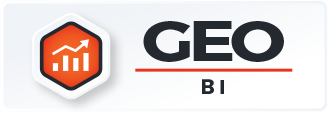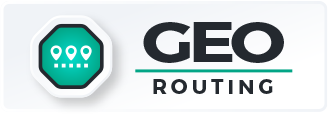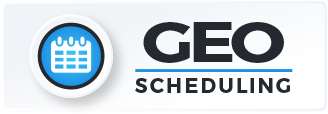- Blog
- Geo Routing
- Last Mile Route Optimization: Plan Faster, Deliver Smarter, Cut Costs
In the delivery world, the last mile is often the most expensive, time-consuming, and unpredictable part of the journey. That’s why last mile route optimization is critical for businesses managing deliveries at scale. With the right tools, teams can cut fuel costs, increase on-time delivery rates, and delight customers with real-time visibility.
This guide explores the tools and strategies behind efficient last mile logistics—from route sequencing and driver optimization to fleet tracking and real-world route planning. Whether you’re managing five drivers or five hundred, these solutions can transform your operation.
What Is Last Mile Route Optimization?
Last mile route optimization refers to the process of planning the most efficient delivery routes for the final leg of the supply chain. This often involves dozens—or even hundreds—of daily stops, dynamic delivery windows, and constantly changing road conditions.
Optimization software helps businesses:
- Reduce total miles driven and delivery time
- Adjust routes in real time based on traffic and delays
- Sequence deliveries for maximum efficiency
It’s a must-have for logistics companies, retailers, couriers, and any operation handling local or regional deliveries.
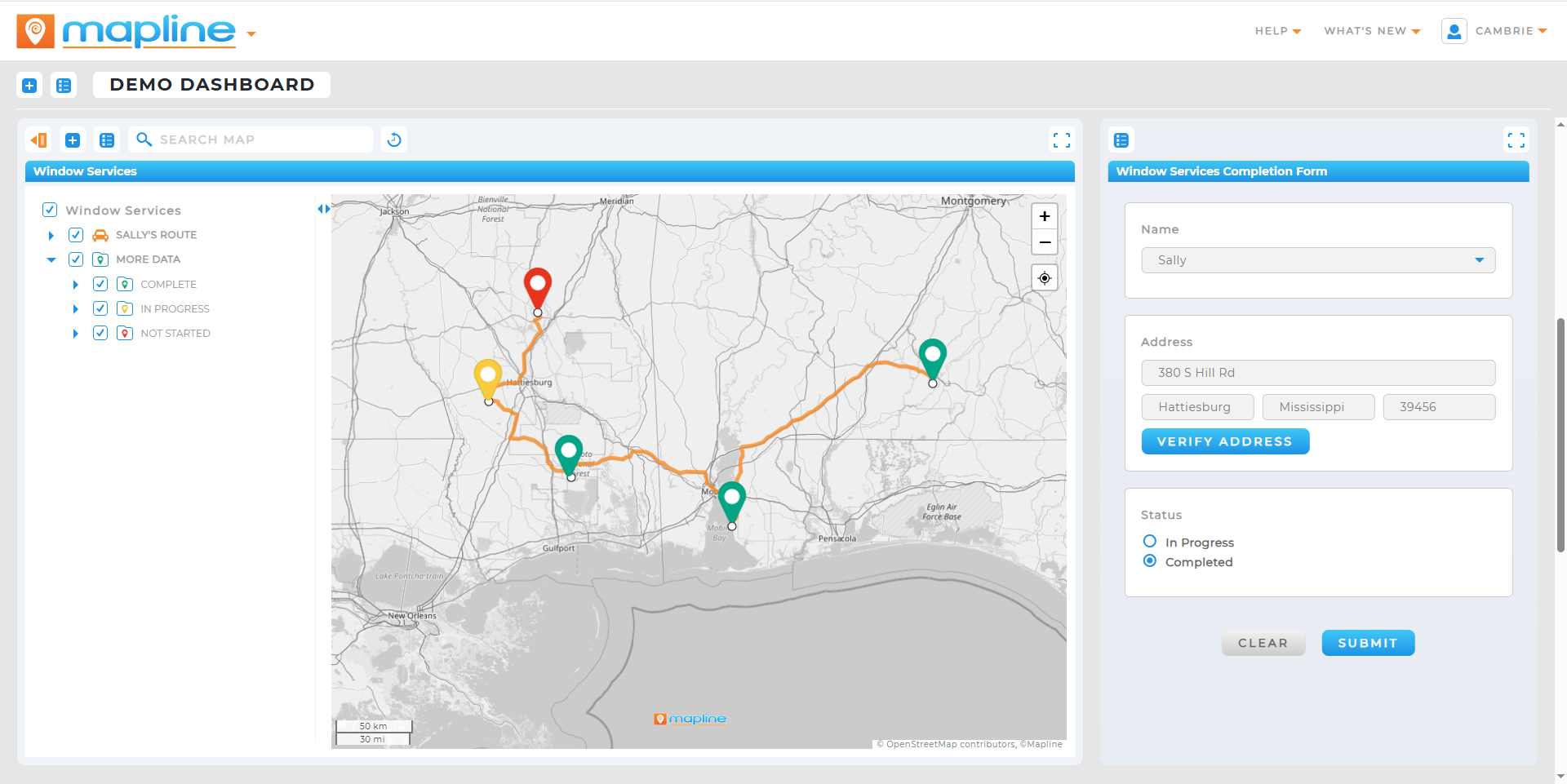

Pro Tip: Don’t just plan for speed—plan for reliability. Route sequencing tools help ensure high-priority deliveries happen on time and reduce customer frustration by minimizing early or late arrivals.
Core Tools for Final Mile Delivery Optimization
Last mile optimization platforms typically include a suite of specialized tools designed to address the unique challenges of the final leg in the delivery journey. From dense urban zones to rural routes, these tools help ensure deliveries are fast, efficient, and cost-effective. They provide visibility into driver activity, suggest the most efficient routes, and allow for real-time adjustments when delays or obstacles arise. Teams can plan smarter by factoring in time windows, traffic patterns, vehicle capacities, and customer preferences. When used together, these tools reduce operational friction, lower delivery costs, and improve on-time performance. Here’s how they work together to streamline your operations.
Final Mile Logistics Tools
Final mile logistics tools are built to handle the unique challenges of short-range, high-density delivery routes. They help teams:
- Import orders and delivery points in bulk
- Assign routes based on proximity or workload
- Automate daily route creation based on constraints
These tools form the backbone of scalable, repeatable last mile operations.
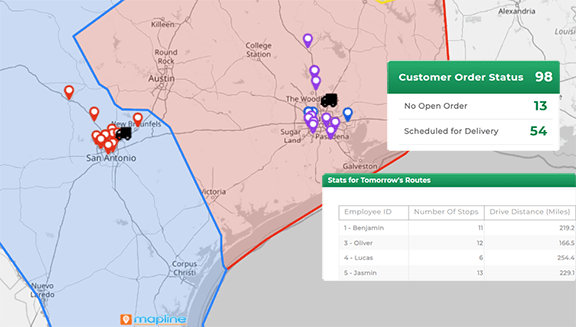
Delivery Route Optimizer & Route Efficiency Software
A delivery route optimizer analyzes all available stops, driver schedules, and real-world variables to find the best possible route. Route efficiency software then ensures:
- Fuel consumption is minimized
- Vehicles follow logical sequences with minimal backtracking
- Routes respect driver hours and time windows
The result? Fewer hours on the road, higher throughput, and better service levels.
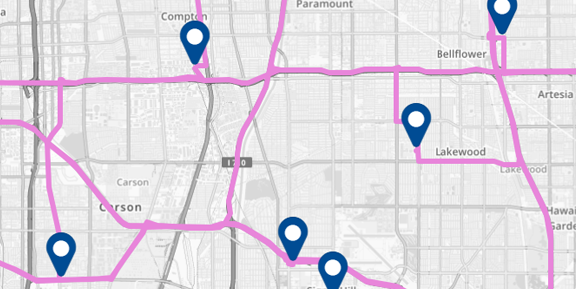
Route Sequencing and Time Optimization
Every stop matters. A strong route sequencing tool ensures drivers hit stops in the right order. Paired with route time optimization logic, your system can:
- Minimize delays between stops
- Account for traffic patterns and service time at each location
- Optimize high-priority or time-sensitive deliveries first
Even minor route adjustments can lead to major efficiency gains over hundreds of deliveries.

Real-Time Tracking and Driver Optimization
Visibility is just as important as planning—especially in the unpredictable world of last mile delivery. Modern last mile tools provide live tracking features that empower dispatchers to monitor driver locations, delivery progress, and route deviations in real time. Customers benefit too, with accurate ETAs and proactive communication that reduces missed deliveries and service frustration. These tools often include driver performance metrics, allowing teams to analyze speed, idle time, and route adherence. With instant insights into what’s happening on the road, companies can make smarter decisions, minimize delays, and continuously improve service. Real-time tracking isn’t just a convenience—it’s a competitive advantage.
Last Mile Tracking Software
Last mile tracking software provides real-time updates on driver location, delivery status, and route progression. With live tracking, businesses can:
- Send accurate ETAs to customers
- Alert drivers about reroutes or cancellations
- Maintain operational visibility throughout the day
It’s a powerful way to reduce failed deliveries, manage customer expectations, and stay agile.
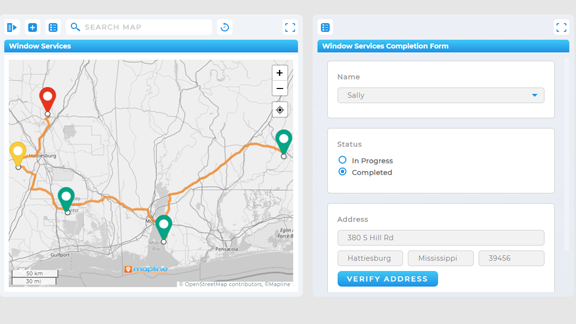
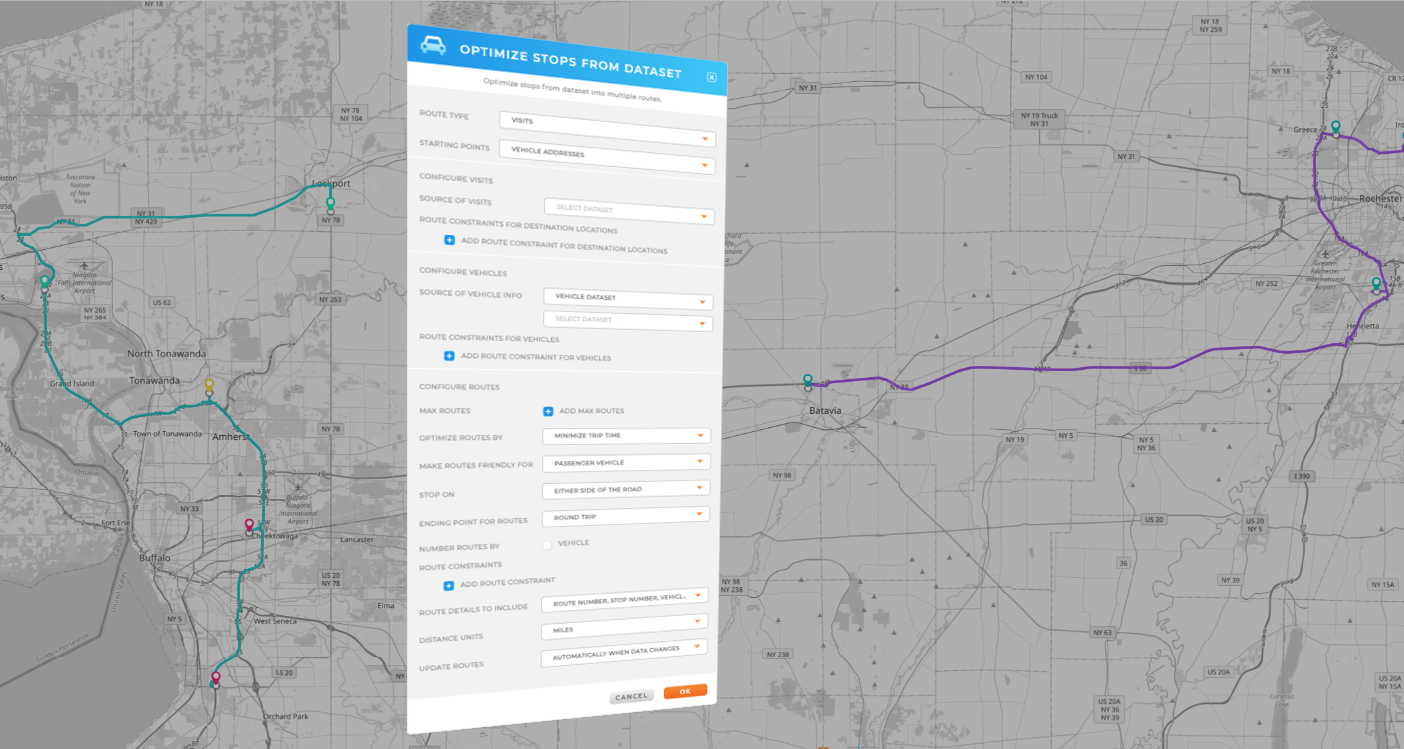
Optimize Driver Routes with Real-World Planning
It’s not enough to optimize for distance. Tools that optimize driver routes also account for local road conditions, parking limitations, traffic congestion, and driver-specific constraints. This kind of real-world route planning ensures that what looks good on paper actually works in practice.
Choosing the Best Last Mile Planning Platform
Not all tools are created equal. A strong last mile mapping platform combines planning, optimization, dispatch, and tracking in one integrated system.
| Feature | What It Enables |
|---|---|
| Last Mile Fleet Software | Manages vehicle availability, driver assignments, and territory coverage |
| Best Last Mile Planner | Combines routing logic with real-time traffic and business constraints for optimal outcomes |
| Map Last Mile Delivery | Visualizes routes, density, and delivery progress across a geographic region |
When evaluating options, look for systems that allow bulk imports, drag-and-drop adjustments, real-time reassignments, and API integration with order or fleet management systems.
It’s the process of planning and optimizing delivery routes for the final leg of a delivery—typically the most expensive and logistically complex part.
It uses real-time traffic data, stop locations, delivery windows, and fleet constraints to calculate the most efficient path across multiple deliveries.
Yes. By reducing mileage, fuel consumption, and late deliveries, it cuts costs while improving service.
Sequencing refers to the order of stops; optimization includes all variables—distance, time, traffic, service windows—to create the most efficient route.
Not at all. Many tools scale down for small businesses and independent operators who want to streamline daily deliveries or service calls.






